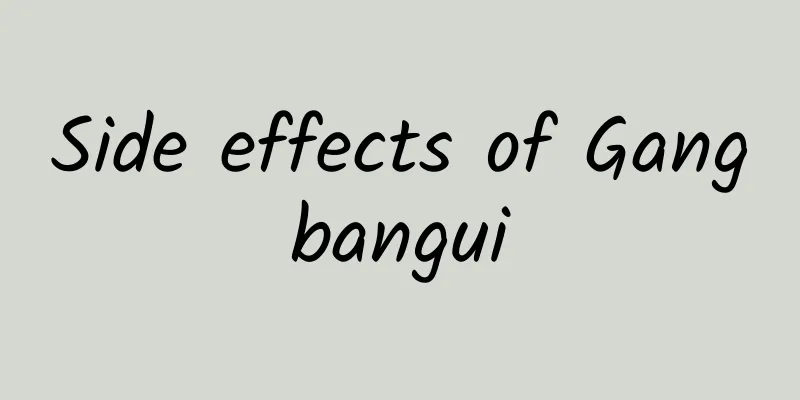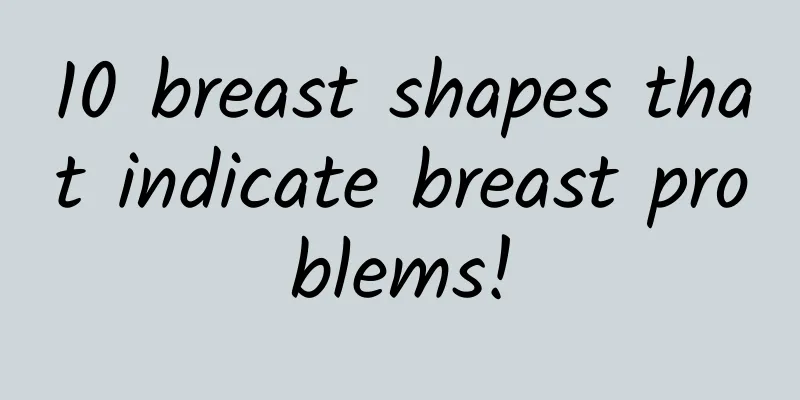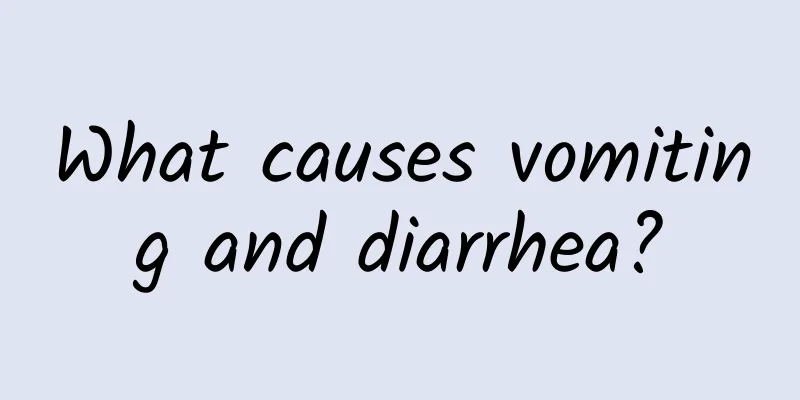Side effects of Gangbangui

|
Perforate fleeceflower, English name: Perforate fleeceflower, ishimikawa. Other names: Polygonum perfoliatum L. Other names: thorny plowshare, tiger lion sharp, tiger thorn, plow tip grass, triangular hydrochloric acid, Polygonum perforatum, plow wall thorn, mountain black wheat, blood-retreating grass, plow wall vine, tiger lion macrophylla, snake but, snake retreat, river white grass, retreat west grass. It is a wolf grass of the Polygonum perforatum genus, a green plant of the Polygonaceae family, class Dicotyledons. It has the effects of removing blood stasis, replenishing blood and qi, clearing away heat and removing fire. Clinical experiments have shown that it has an inhibitory effect on tumors. It can promote dampness and reduce swelling, clear away heat and detoxify, promote blood circulation and remove blood stasis, and eliminate toxins. Meridians Production of Poria cocos vaccine is cold in nature and sour in taste. Can pregnant women eat it? Pregnant women should use this medicine with caution. You should not take this medicine during pregnancy to prevent the fetus from developing incompletely. Effects and efficacy It can promote dampness and reduce swelling, clear away heat and reduce fire, relieve cough and resolve phlegm. Suitable for groups Used for nephritis edema, whooping cough, diarrhea, eczema, furuncle, and centipede bites. Taboo Group People with weak spleen and stomach should use it with caution. Not suitable for pregnant women. Can I eat during my menstrual period? Do not use during menstrual period. Taking it during menstruation will increase blood volume. side effect There are no side effects yet, it is recommended to follow the doctor's advice when taking it. How to save Place in a dry place. Treatment drug combination 1. Combined with Alisma orientalis, it can increase the effect of diuresis and melt flow rate, and is used to treat edema. 2. Combined with plantain, it can clear away heat, promote the removal of dampness and reduce swelling, and its ability to clear away heat and remove fire is enhanced. 3. Combined with gentian, it can clear away dampness and heat in the liver and gallbladder, and is especially effective in treating jaundice caused by cold and dampness. 4. Combined with Phellodendron chinense, it can clear away heat, detoxify and eliminate dampness, remove fire and toxins, and is used to treat diarrhea caused by cold and dampness, with improved efficacy. |
>>: Side effects of long-term consumption of tiankui seeds
Recommend
Common diseases in respiratory medicine
Respiratory diseases are very common in our body,...
What should I do if my nose is dry and bleeding? How to treat dry nose
Due to the dry weather in autumn and winter, many...
What to do if rhinitis causes nasal congestion
Rhinitis can easily cause nasal congestion, which...
What causes dull ear pain?
If you feel a dull pain in your ears, you should ...
Do newborns need to use talcum powder?
Talcum powder is rich in mint ingredients, so app...
Picture of Chinese medicine Ophiopogon japonicus
Ophiopogon japonicus is a common Chinese medicina...
Is eczema becoming hard? Is it serious?
Every disease has varying degrees of severity, an...
What container should be used to store concentrated sulfuric acid?
Concentrated sulfuric acid is a viscous liquid. I...
After taking Chinese medicine, my stomach growled and I had diarrhea
Our health needs more time and energy to care for...
What are the effects and functions of tangerine peel and ginger?
Ginger and tangerine peel are some condiments tha...
Swollen labia minora
Although the size of each person's labia mino...
Does papaya root powder really work?
As the name suggests, papaya and kudzu root powde...
3 months pregnant, stomach pain
When a woman is about three months pregnant, her ...
The front part of the urine is milky white
In our lives, we must be familiar with some thing...
Causes of low white blood cells
White blood cells are what we call leukocytes. Th...









